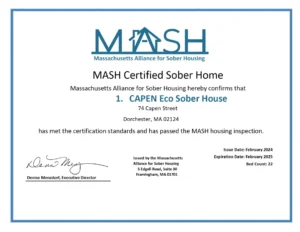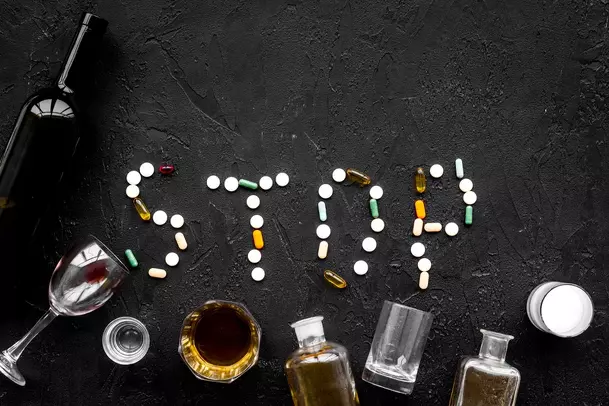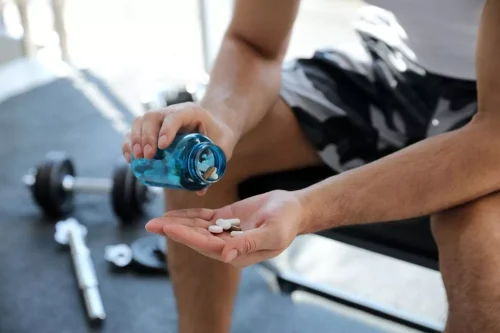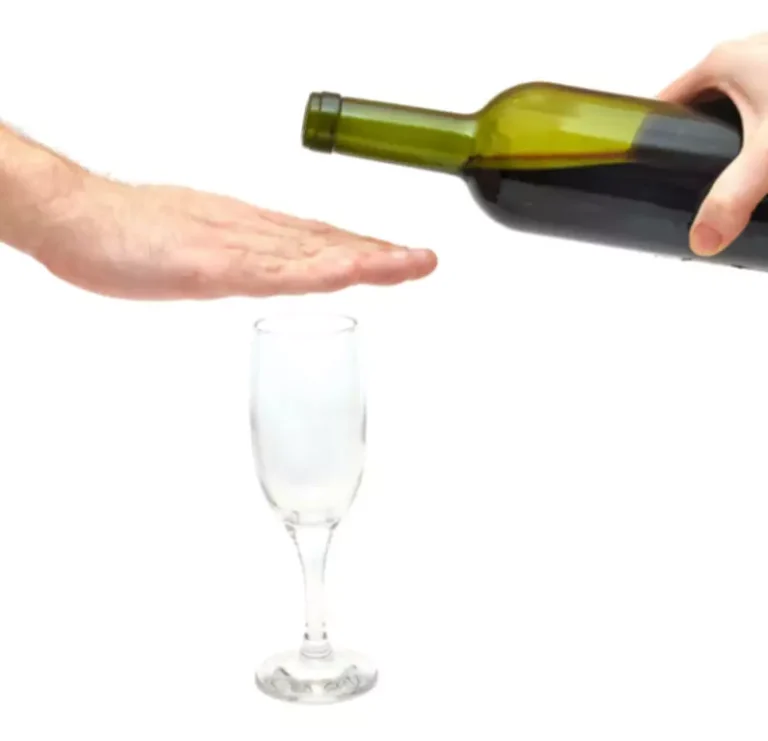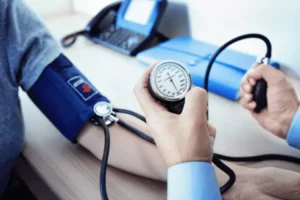
These heightened dopamine levels may make the drinking experience more gratifying. Alcohol dependence develops over time and can disrupt the balance of gamma-aminobutyric acid (GABA) in the brain and glutamate. GABA controls impulsiveness, while glutamate stimulates the nervous system. https://ecosoberhouse.com/ The Healthline FindCare tool can provide options in your area if you need help finding a mental health specialist. When is it common in society, it can be hard to tell the difference between someone who likes to have a few drinks now and then and someone with a real problem.
Terms of Service apply.
Theories suggest that for certain people drinking has a different and stronger impact that can lead to alcohol use disorder. With so many effects on the body, the usual first step in treating alcoholism is detox—or getting alcohol out of your system. Depending on the severity of the alcohol use disorder, this stage can be mildly annoying or severe. Early withdrawal symptoms include headaches, anxiety, nausea, irritability and shaking. Alcoholism doesn’t only take its toll on the alcoholic — it affects everyone around him or her, especially family and friends. Research shows that more than 40 percent of Americans have been exposed to alcoholism in the family.
- Research suggests this form of treatment can help people shift from heavy to moderate drinking, improve quality of life, and enhance emotional well-being.
- After satisfying careers – Marilyn as a dental nurse and Ray as a fireman – and bringing up three children, they were enjoying their retirement.
- People who already suffer from high stress or psychological problems such as low self esteem and depression are at higher risk for developing alcoholism.
- Loneliness is on the rise, and for many people, turning to social media for connection has become a daily habit.
- Understanding what makes someone addicted to alcohol can be the first step in helping a person seek treatment.
What’s Meant By Alcoholism (Alcohol Use/Abuse Disorder)?

For example, environmental factors such as family and social relationships are more strongly tied to use of alcohol and nicotine in adolescence than later in life. why do people become alcoholics Nevertheless, there is no single gene for addiction nor even a group of genes. Getting started with addiction treatment may feel intimidating at first.

Where to Find Help if You or a Loved One is an Alcoholic
Loved ones are an integral part of the addiction recovery process, but they need to balance their own needs in addition to providing support. To do that, they can set boundaries around their emotional, physical, and financial relationship, for example that the house will remain an alcohol-free zone. They can research alcoholism to understand the underpinnings of the disorder, the signs of an overdose, and other important information.

What health complications are associated with alcoholism?
- People working high-stress jobs or with stressful home situations are more likely to develop alcoholism.
- If the drinking world is conceptualized as a spectrum, normal social drinking is one on end (a few drinks per month, almost always in a social context) and alcohol use disorder is on the other end.
- Blackout episodes, where the individual does not remember what they’ve said or done while drinking, may occur.
- There are also other support groups that don’t follow the 12-step model, such as SMART Recovery and Sober Recovery.
- Carolina Center for Recovery is an accredited drug and alcohol treatment center.
- With consistent drinking, the chemical output decreases, so a person drinks more to achieve the same results.
What are the risk factors?
- Alcoholics in this stage have a hard time controlling their drinking.
- Studies show that having multiple ACEs puts children at risk of poor school performance, unemployment, and high-risk health behaviors including smoking and drug use.
- Furthermore, you may become dependent on the feeling you get from drinking and find that these episodes increase in frequency.
- Sober communities can help someone struggling with alcohol addiction deal with the challenges of sobriety in day-to-day life.
- Cirrhosis of the liverOur liver filters out harmful substances, cleans our blood, stores energy and aids in digestion.
How Does Addiction Develop in the Brain?
How do trees and green spaces enhance our health?
